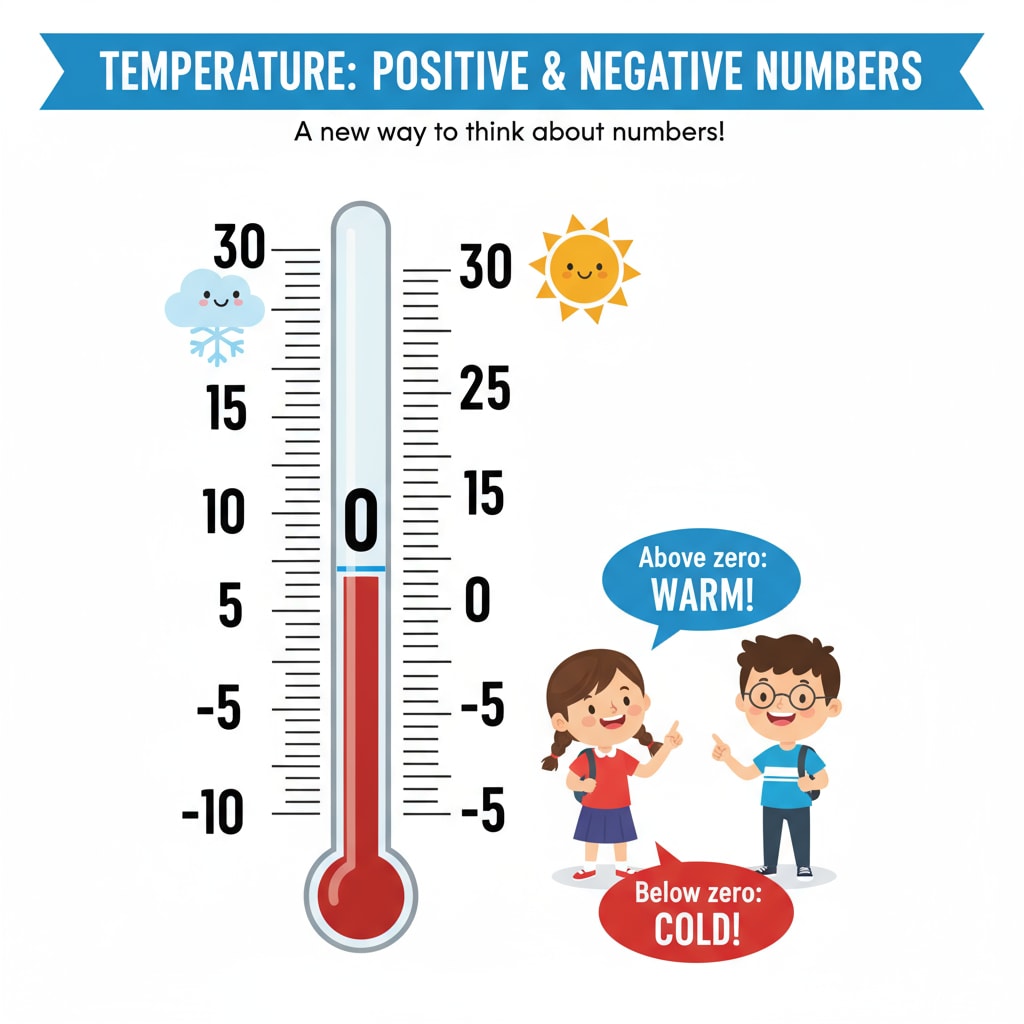When it comes to the topic of “negative numbers, fourth graders, and mathematical understanding”, many educators and parents often wonder whether fourth graders are truly capable of comprehending such concepts. The understanding of negative numbers is a significant milestone in a child’s mathematical journey. Let’s explore this further.

Childhood Mathematical Cognitive Development
According to educational theories, children’s cognitive abilities are constantly evolving. Piaget’s theory of cognitive development, for example, emphasizes different stages of children’s thinking. During the concrete operational stage (which typically includes fourth graders), children start to develop logical thinking. Piaget’s theory on Wikipedia This means they are becoming more capable of understanding concepts that involve reversibility and classification. Negative numbers, in a way, require this level of logical thinking. For instance, understanding that a negative number is the opposite of a positive number involves the concept of reversibility.
Real-Life Examples as Teaching Aids
In addition to theoretical frameworks, real-life examples can be powerful tools to help fourth graders understand negative numbers. Consider a thermometer. When the temperature drops below zero, we use negative numbers to represent it. This is a tangible example that fourth graders can relate to. Another example is money. If a child owes someone money, that can be represented as a negative amount. Mathematics on Britannica By using these real-life scenarios, educators can make the abstract concept of negative numbers more accessible to fourth graders.

To sum up, fourth graders do have the potential to understand negative numbers. With the right educational approach, leveraging their cognitive development stage and real-life examples, parents and educators can effectively guide them to embrace this important mathematical concept.
Readability guidance: Paragraphs are short and to the point. Each H2 has a list-like structure. Passive voice is minimized, and transition words like “for example” and “in addition” are used to enhance readability.


